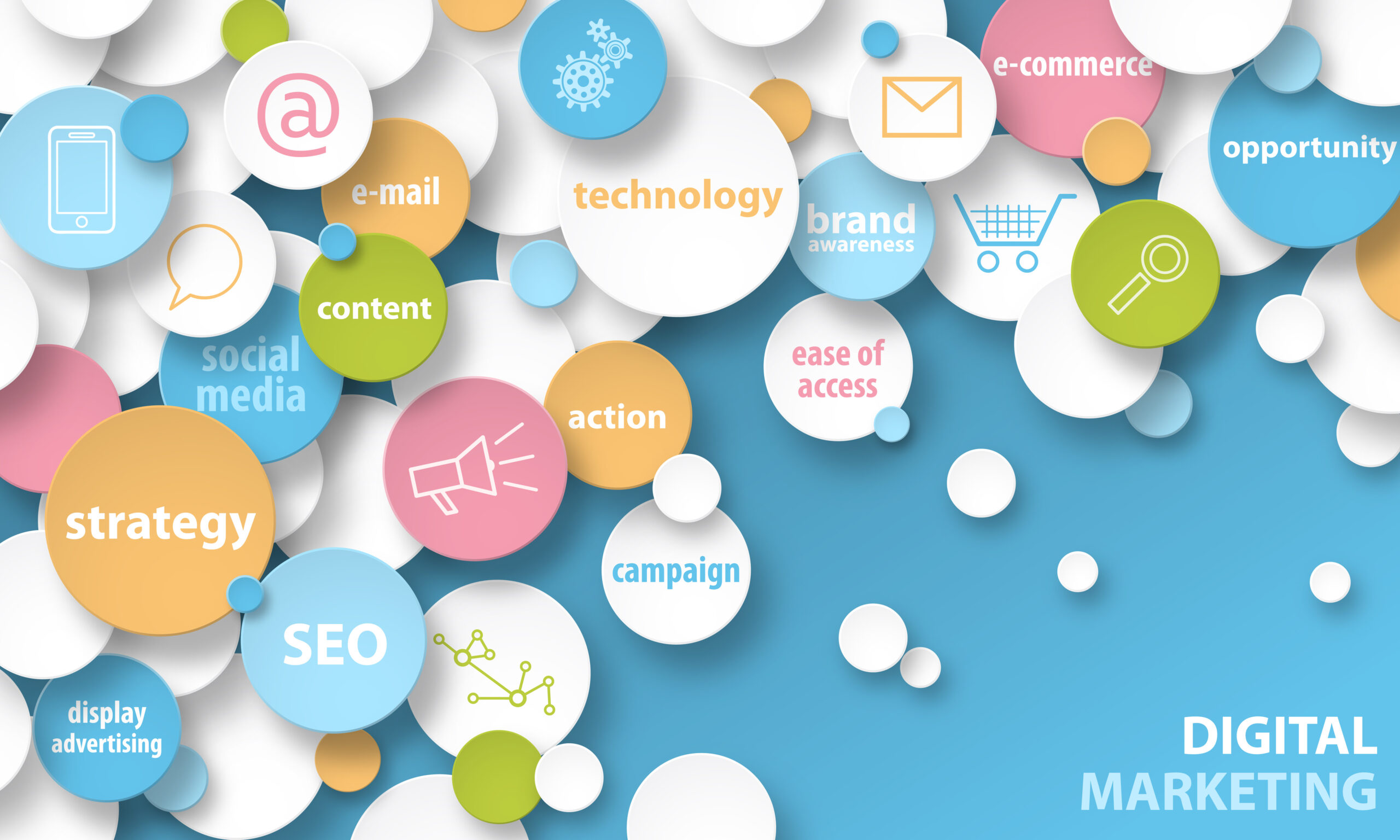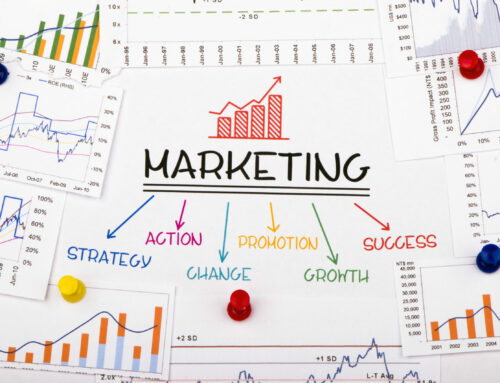Why are marketing assets crucial for business growth?
Written by Molly Ashley, Marketing Account Manager

As an SME, how often do you promote your product, service or brand? From landing pages to social media, email newsletters to case studies and beyond, marketing assets are the building blocks of a successful campaign, and the key to business growth.
Be it the billboard on your morning commute, the email you read on your lunch break or the website you scrolled through just before bed, marketing assets are all around us. Defined as ‘the tools and resources used to attract leads, build relationships and make sales’, they distribute information to our target audiences, and result in increased trust for businesses just like yours.
They can be short and sweet, or epic and educational. But in every scenario, your marketing assets should form part of a wider strategy focused on piquing the interest of your target audience and helping turn them from prospects to clients.
But, just how important are marketing assets when it comes to business growth? Keep reading as we dive a little deeper into marketing assets as a whole, their benefits and their importance for small businesses just like yours.
What Are The Different Types Of Assets?
When building a marketing strategy for small businesses, assets fall under two key pillars; internal assets and external.
Internal marketing assets are designed to educate existing employees about products, processes and initiatives. Made up of letterheads and business cards, client onboarding guides and management journals, they’re used to guide your employees to better assist potential customers, through word-of-mouth advertising.
On the other hand, external marketing assets fall under the material used to attract potential leads. From landing pages to blog posts, social media campaigns to email newsletters, they’re designed to increase trust, incite action and soar business growth.
But, how do you know if your marketing assets are being used to their full potential?
Your marketing assets are most effective when used with the media form they’re designed for. For example;
Video Assets ➡️ Television Advert
Photo & Text Assets ➡️ Print Adverts
Written & Virtual Assets ➡️ Website
Spoken Asset ➡️ Radio Advert
Moreover, they should be employed in the correct context; images should be ideally sized for differing social media networks, email newsletters should be sent at a peak time and fonts on flyers should be readable.
Most importantly, however, your marketing assets should be updated regularly. Each year, design trends change, your customer’s priorities shift and platforms transform. And while you shouldn’t frequently rebrand, you should regularly review the materials in your marketing calendar to make improvements.
Consumers are savvy; ahead of the game, they expect campaigns that are contemporary, in line with new and upcoming trends.

How can you identify your marketing asset gaps?
The first step isn’t to panic! When identified correctly, marketing asset gaps can lead to increased content opportunities for businesses of all shapes and sizes.
Here’s how to identify them;
Are your chosen keywords failing to drive traffic? Keywords can rank, but fail to result in action. If your website is falling behind the first few pages of Google, it’s time to review your content, identify improvements and look for opportunities to renew your text.
When building and reviewing your marketing strategy, competitor analysis is vital. It reviews your rival’s strengths, weaknesses and the effectiveness of their overall strategy, whilst highlighting your own gaps. Though you should never copy a competitor, you can use their strategy to fine tune your own. Are they creating assets that you haven’t even thought of?
Often, our audience is seeking a resolve to their issue. Be it a product or skill, your marketing assets should reflect this solution, to position your brand as a trusted, market leader. If video tutorials, newsletter guides and social media ‘hacks’ fail to reflect your solution, you’ve found a gap in your assets.
What’s the risk of having no marketing assets?
Ask yourself – without assets, is your marketing strategy really as strong as you might think it is?
Without client onboarding guides for staff, business cards for leads and landing pages for action, you’d be hard pressed to achieve sales. Soon, your competitors would lure in your audience with their competing assets; while their growth soared, yours would diminish.
It’s a scary scenario, right? Luckily, it’s never too late to make a change. In taking the steps to create expert marketing material, your business can stand out as an educational and entertaining authority in your field.
As a Hampshire based marketing agency, we understand the importance of assets. But we also realise the time and dedication needed to identify and create them.
At LS Media and Marketing, we can help review your assets and their effectiveness. We can support your business in creating them – from the initial plan, to the design and publication – whilst ensuring they’re always on brand. To find out more about marketing for small business, get in touch.



